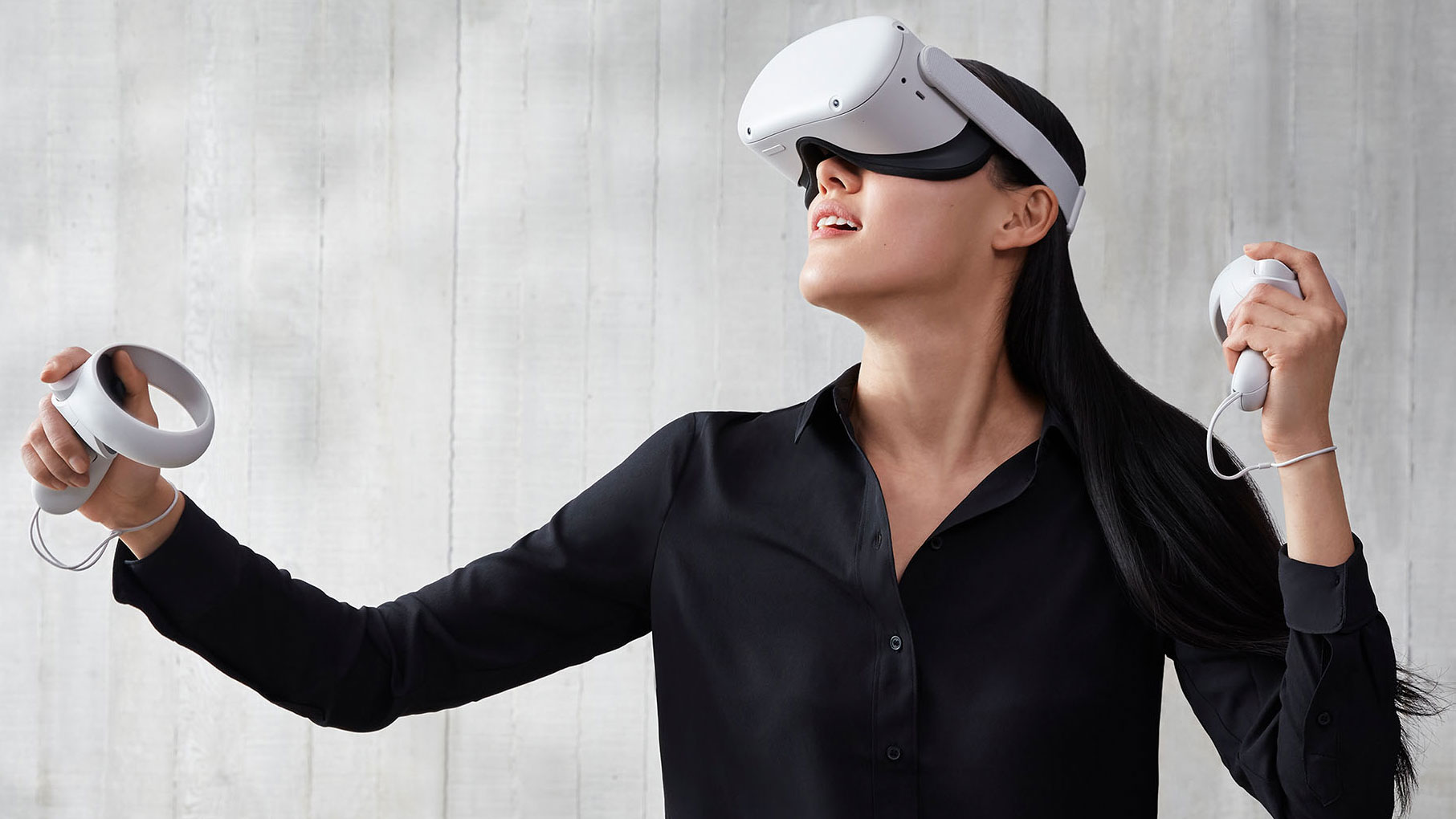New OLED tech could revolutionize the VR headsets of tomorrow – here's how
Pixel density to die for

VR could be set to get an upgrade. Your friendly neighborhood electronics conglomerate, Samsung, has collaborated with researchers at Stanford University to design a truly pixel-dense OLED display, and it sounds light years ahead of the resolutions found on current-gen VR headsets.
As reported by RoadtoVR, the OLED display packs in over 10,000 pixels per inch, also known as PPI. By comparison, we were losing our minds back in 2018 when Japan DIsplay managed to pack 1,001 PPI into a VR-ready screen.
This is an incredible figure, and one that could entirely change the sensation of being in VR.
Think we're exaggerating? The HTC Vive Pro has a PPI of 615, while PSVR has a PPI of 386. More recent VR headsets like the crisp HP Reverb or Oculus Rift S will push that number up slightly, but not by such a game-changing amount – and the result should be pixellated VR games being banished for good.
- Best VR headset: which should you buy?
- Here are the best VR games too
- Black Friday deals: everything to look out for this year
The upshot of the research paper is that the use of "nanopatterned metasurface mirrors" can entirely change the underlying structure of an OLED display, for "optimized extraction" of colors from white light emitters, basically meaning that OLED's usual display processes can happen on a much smaller scale.
The paper specifically cites virtual reality and augmented reality, with mention of "glasses and contact lenses", to give a sense of just how compact and pixel-dense these new displays could be.
Welcome to your Matrix dystopia
The difficulty of high resolution VR is just how close a screen needs to be to your eyes. An 85-inch 8K TV might have a PPI of just 104, while a more pixel-dense 55-inch 8K TV would gave a PPI of 162. For VR headsets, though, it's a whole different ball game – and you need much higher PPI for an equivalently smooth experience for the eyes.
Sign up for breaking news, reviews, opinion, top tech deals, and more.
VR's come a long way in recent years, for sure, but issues like motion sickness, the need for short play sessions, and motion tracking all have a way to go before we end up with the fully-realized experiences the medium could offer. Pushing PPI above 10,000 would certainly help with realism, and by the time any such tech is implemented in commercial headsets we imagine some of those other issues will have caught up too.
The implications for AR (augmented reality) are huge too. While we've seen our fair share of smart glasses, the ability to fit AR technology into contact lenses may be what makes real-world applications – outside of home entertainment, as with Mario Kart Live or games on the Magic Leap One headset – feel truly possible.
Whether we all want to be wearing AR contact lenses all day, in the same way social and economic pressures lead us all to carry around our smartphones every second of the day, is another question entirely.

Henry is a freelance technology journalist, and former News & Features Editor for TechRadar, where he specialized in home entertainment gadgets such as TVs, projectors, soundbars, and smart speakers. Other bylines include Edge, T3, iMore, GamesRadar, NBC News, Healthline, and The Times.